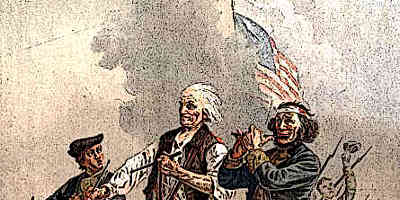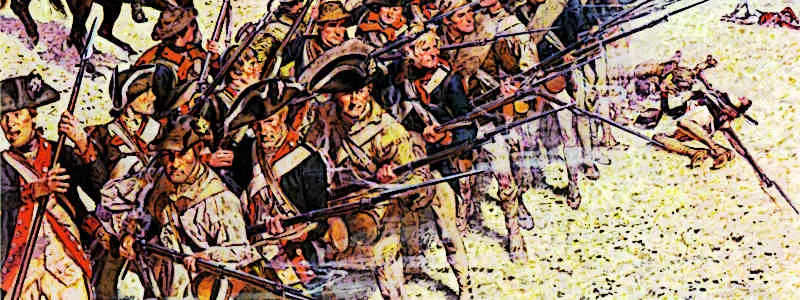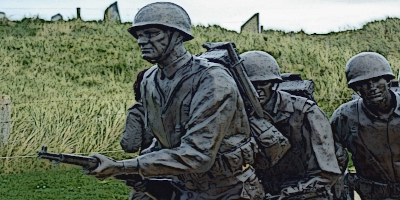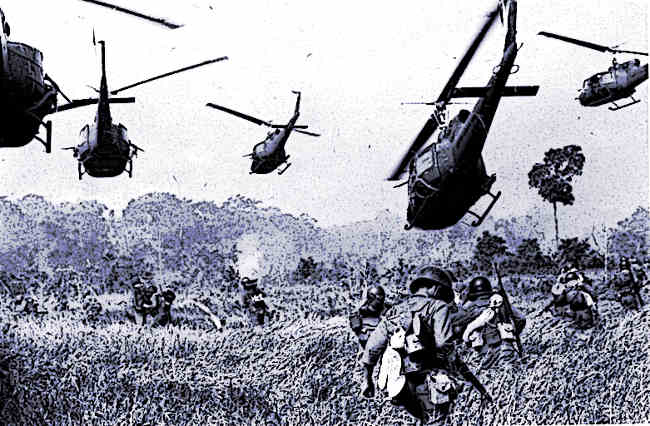Isolationism vs. Interventionism
George Washington was one of the first presidents of the United States, serving two terms from 1789 until 1797.
He led America in the country’s fight for independence from Great Britain, known as the American Revolutionary War, and he became known as a leader both within and outside of his country.
After the end of his second term as president, Washington declined to run for a third term in 1796 but supported John Adams to succeed him instead.

George Washington Founding Father and America President
America’s Founding Fathers and the Principle of Isolationism
The Founding Fathers believed in America’s principle of isolationism, which dictated that the country should stay out of foreign affairs and take care of its own business.
This policy was set forth by George Washington during his inaugural address, when he said The great rule is, never to entangle our peace or our prosperity in the toils of European ambition, rivalship, interest.
To this end, America has only intervened abroad on two occasions: The Revolutionary War and World War II.

The early years of the United States and the policy of Isolationism
The early years of the United States were characterized by isolationism, which is sometimes referred to as non-interventionist foreign policy. This was encouraged by George Washington in his farewell address when he said
In our opinion, it is our true policy to steer clear of permanent alliances with any portion of the foreign world.
He believed that too much involvement in Europe’s affairs would lead to more wars and conflicts over trade and resources.
The First World War and America’s change to interventionism
George Washington, our first president, is most known for his strong belief in isolationism – the idea that a country should not meddle in the affairs of other countries. After World War I, America changed its policy to interventionism.
The idea that it is necessary to take an active role in world affairs to protect against threats from abroad.

The Second World War and America’s return to isolationism
The Second World War was one of many events that led to America’s return to isolationism, which had been its policy in the 19th century. The US never joined alliances such as NATO, NORAD or SEATO and didn’t participate in any major wars until the Vietnam.
Once American troops were sent abroad to fight, it was clear that America couldn’t stay out of world affairs forever and would have to take responsibility when necessary.

The Cold War and America’s continued interventionism
During the Cold War, America’s policy was to intervene in countries that were not allied with them. The theory behind this was that if they intervened and helped another country’s government, then that country would be indebted to them and would become their ally as a result.
This idea backfired when American intervention resulted in military dictatorships taking control in countries like Iran, Guatemala and South Vietnam.

The War on Terror and America’s current foreign policy
America’s current foreign policy is interventionist, meaning that America has been involved in military conflicts in other countries for humanitarian purposes or to topple oppressive regimes. The War on Terror, which was initiated by George W. Bush after 9/11, was an example of this interventionist foreign policy strategy now used by America.
- Birth of the USA
- 1st Amendment
- 2nd Amendment
- American Enlightenment
- American National Anthem
- Articles of Confederation 1777
- Betsy Ross
- Bill of Rights
- Birth of USA Timeline
- Christopher Columbus
- Declaration of Independence
- Federalism
- Is the United States a Democracy?
- Isolationism vs. Interventionism
- Liberty Bell
- Pledge of Allegiance
- The Torch of Liberty
- The U.S. Constitution
- Treaty of Paris
- War of Independence
- Washington D.C
- What Is The American Dream?